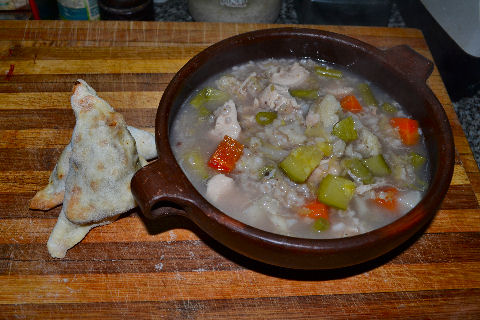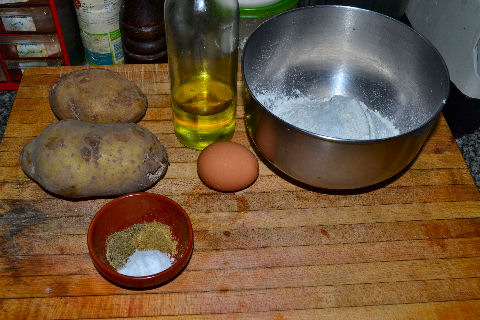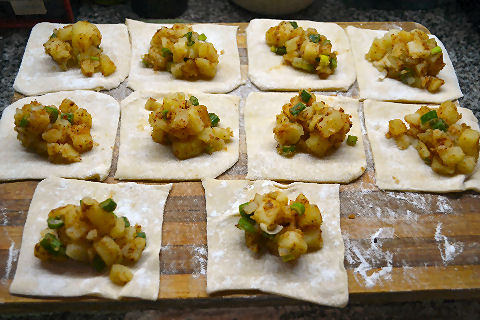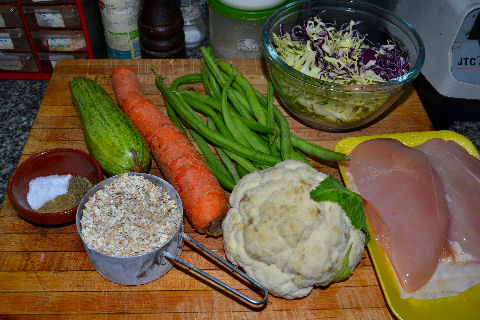I couldn’t have found Bahrain on a map a week ago. I could have pointed vaguely towards the Middle East, but I couldn’t have told you  that it was an archipelago consisting of 30 islands, though the vast majority of its land mass is one single island. I couldn’t have told you that it’s 25% the size of Rhode Island but has a population 25% larger. Nor could I have told you that having once been part of a larger Arabian peninsula region, it spent two centuries under the control of the Portuguese and later the British. Nor, further, that only about half the population is Arab, while the balance is mostly South Asian (predominately Indian), with a smattering of folk from other places. It is, mostly, a Muslim nation, and that’s the official religion, with a touch over 70% belonging to one sect or another, the balance are mostly Christian, with a smaller Hindu population (9%), and an even smaller Jewish one (37 people by last count apparently).
that it was an archipelago consisting of 30 islands, though the vast majority of its land mass is one single island. I couldn’t have told you that it’s 25% the size of Rhode Island but has a population 25% larger. Nor could I have told you that having once been part of a larger Arabian peninsula region, it spent two centuries under the control of the Portuguese and later the British. Nor, further, that only about half the population is Arab, while the balance is mostly South Asian (predominately Indian), with a smattering of folk from other places. It is, mostly, a Muslim nation, and that’s the official religion, with a touch over 70% belonging to one sect or another, the balance are mostly Christian, with a smaller Hindu population (9%), and an even smaller Jewish one (37 people by last count apparently).
After getting all that out of the way, I couldn’t have told you that basically, it has no specific, indigenous cuisine. No, seriously. There is a vague category of cuisine referred to as Arabian Gulf cuisine, which encompasses several countries, but nothing, it seems, that’s specifically Bahraini, at least not that goes back any length of time into history. More than one tourism guide extols the virtues of the various European cuisine options while traveling there, and a few for nebulous “Middle Eastern” food, but not one that I could find recommended a place for specifically Bahraini food. I ran across an English language blog written by a local foodie, as of right now, the front page recipes on it range from homemade popsicles to fajitas, to chocolate pudding. I contacted her (him? I’m not sure to be honest, the only Zain I know of is the one formerly of One Direction) and her response was, “In terms of soups, we don’t have one that is unique to Bahraini cuisine but in most households, we use oats a lot in our soups and they are often with chopped vegetables and broth. As for the samboosa (that’s the word we use here but there are many variations elsewhere like samosas or sambosak). For fillings I recommend cheddar cheese and mango chutney or even spicy potatoes.”
I found a vegetable and oat soup on the Bahrain Confidential website (they don’t have links to specific recipes, so that one may scroll off with time), and basically, I winged it from there. I found various recipes for the dough to make sambousas but none for a cheddar and mango chutney filling (I imagine, British influence), nor for a spicy potato filling. I decided to go with the latter and just use spices that seemed to pop up in various dishes for the region. So, this is, at least to date, the most inauthentic entry into this project. Such is life.
Simple dough – 1½ cups of flour, ½ tsp salt, 1 Tb vegetable oil, 1 egg, and just enough water to bring it together into a soft dough. The filling, I peeled and diced a couple of potatoes, boiled them until almost done, then drained them, tossed them with a chopped green onion, salt, pepper, cumin, and smoked chili.
Rolled out the dough, cut into squares, put the filling on, then folded them over into triangles. I’d seen recipes for both fried and baked, and decided to go with baked.
For the soup, for which I have no name, I made a chicken broth (every single recipe I found for dishes in the region that made use of a broth, made use of bouillon cubes, usually chicken – I can’t imagine that that’s truly traditional). Then I added to it some chopped up cauliflower, carrot, zucchini, green beans, white and red cabbage, and chicken breast. Salt, pepper, and cumin for the seasoning. And then let it simmer for about half an hour. Added in the oats (traditional Quaker, not instant), and let that go for about another 15-20 minutes. I ended up adding in about another half cup of oats, because they seemed sort of lost in the pot.
And, that was my sojourn to Bahrain for this project.
Next up, Bangladesh.




[…] Where’s next? Bahrain. […]